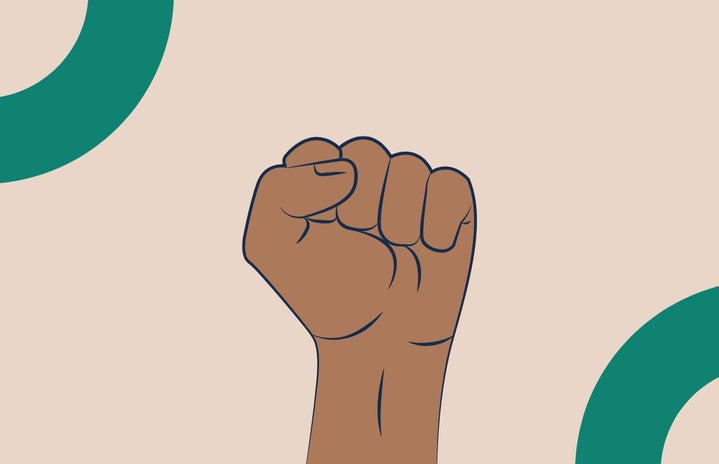You might know of Alcatraz as being one of the big tourist spots in San Francisco, but the history of it is what really makes it so compelling. What initially began as a safe haven and a lighthouse for ships to find their way to shore, eventually got turned into a place that instead housed some of the most wanted criminals in America.
Located on an island, it was forebodingly called “The Rock” during its prime use as a Federal penitentiary from 1934 to 1963, its location became ideal as the then maximum security prison – with the freezing waters of the Pacific Ocean deterring those who were incarcerated from escaping. That did not stop many from trying, however, and the prisoners who stayed there became as legendary as the place itself.
Arguably one of the most infamous tales of an escape, now known as “The Battle of Alcatraz,” involved a carefully thought-out riot that resulted in numerous guards being locked in a cell by the prisoners. You can read the full story on the official Alcatraz website, here:
The ingenuity of these escape attempts ranged from using dummies to use as decoys, and building rafts that would give them a better chance of surviving the journey back to the mainland. They used materials that were available to them, and observed and planned for months at a time in order to craft an escape that would allow them to escape.
A part of Alcatraz’s history that is perhaps lesser known is the Occupation Of Alcatraz, which involved a 19 month long protest, led by Richard Oakes (a San Francisco State alumnus), and a group consisting of both Native American students as well as tribes in the area. It was meant to raise awareness in regards to Native American oppression. It is significant because it was the first time that there was a large organized protest of this scale that brought attention to the fact that occupied lands were being stripped away, now that Alcatraz by this point in 1969 was no longer a prison, and so the lands were once again in the ownership of the natives.
November being Native American Heritage Month, it is more imperative than ever to honor the history, and to continue to share and respect the culture of all indigenous people, as oftentimes their achievements and contributions are not as openly recognized. Though the damage of the past cannot be undone, we can all learn from the past and educate ourselves on how we can as a society, improve moving forward.


